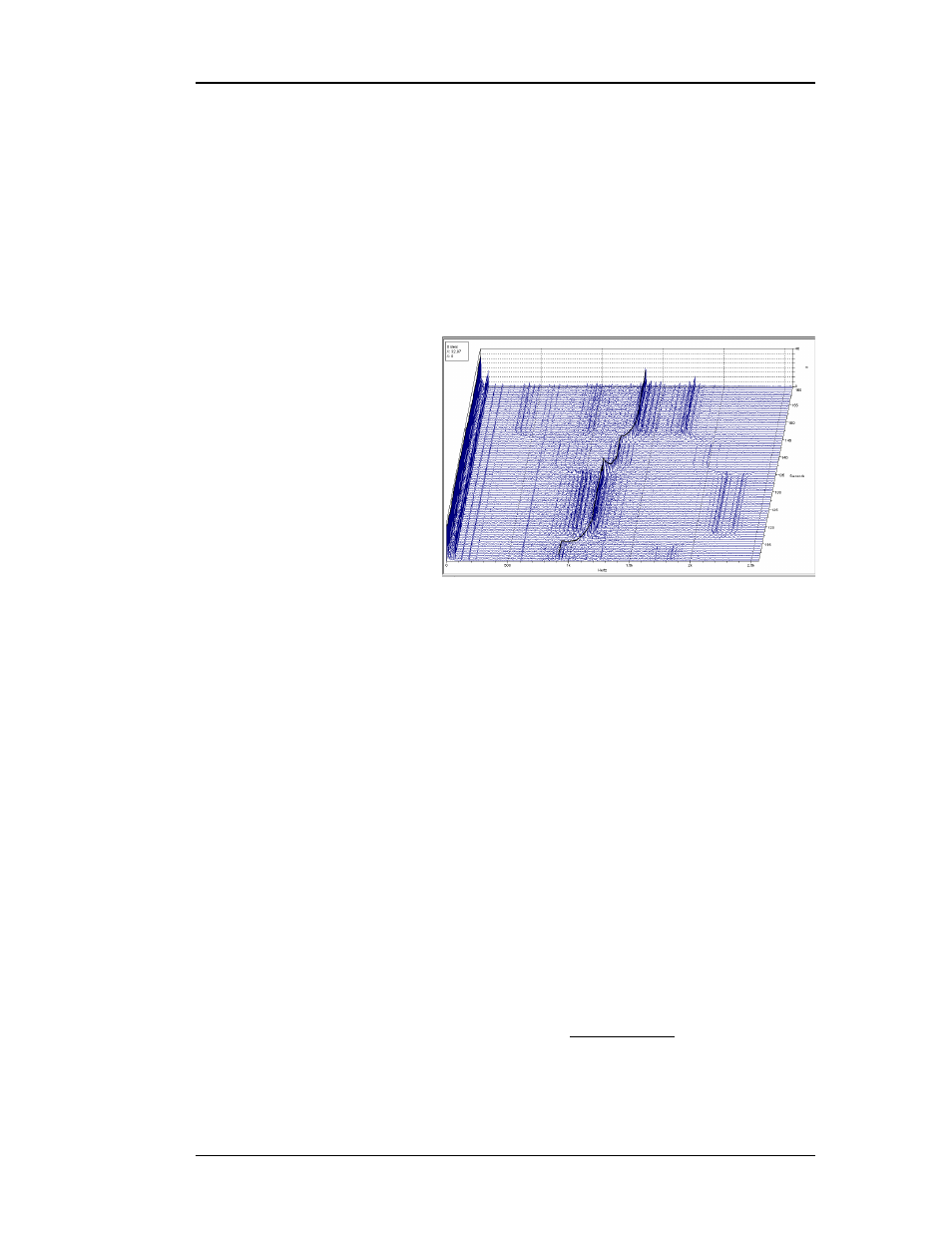Applications, Input signal requirements, Pplications – Measurement Computing Medallion Rotate rev.2.3 User Manual
Page 23: Nput, Ignal, Equirements

October 2000
Medallion Rotate Manual
23
A
PPLICATIONS
Processing the tachometer signal results in an RPM curve describing the
instantaneous machine speed. Medallion Rotate uses a spline-fit process to
create a smoothed speed curve from the tachometer signal. The speed curve is
a high-resolution view of the machine speed.
You can use this smooth speed curve to diagnose problems related to the
speed or speed change of a machine. This provides an independent verification
of the machine speed, since some process control indicators suffer from “flat
spots” in their response to speed changes.
Other applications include the following:
• Examining the effects
of changing load or
other process dynamic
on the speed.
• Determining the effect
of power fluctuations
(brownouts) on the
speed.
• Speed profiling on a
multi-drive machine to
determine if there slip at any of the drive units (over- or under- speed).
• Threading analysis on a sheet mill.
• Evaluating the actual machine speed against the ideal constant speed.
• Verification of the speed change between two points to determine the
elongation of the material, such as in a rolling mill.
• Examination of the speed curve to diagnose speed oscillation due to a
loose coupling, hunting motor, or other cause.
I
NPUT
S
IGNAL
R
EQUIREMENTS
The input signal to the tachometer analysis is a tachometer or other
machine speed signal. As with all analysis techniques, the better the input
signal, the clearer the results—so a good, clean tachometer signal is essential.
For a pulsed tachometer signal (non-contact probe, encoder, …) the
sampling rate must be at least 2.5 times the maximum frequency of interest to
avoid aliasing effects. A good rule of thumb is to use 5–10 time oversampling of
the tachometer pulse frequency (not the machine speed) to get good, clean
tachometer pulses. For example, if a tachometer produces one pulse per
revolution on a 600 RPM machine, sample the tachometer data at a rate of 50–
100 samples/second (Hz).
For a DC voltage tachometer signal, you must know the machine speed
when the signal is at 0 volts. For some sensors, the DC speed signal falls to 0
volts before the machine is at a standstill.
600 RPM x
1 minute
60 seconds